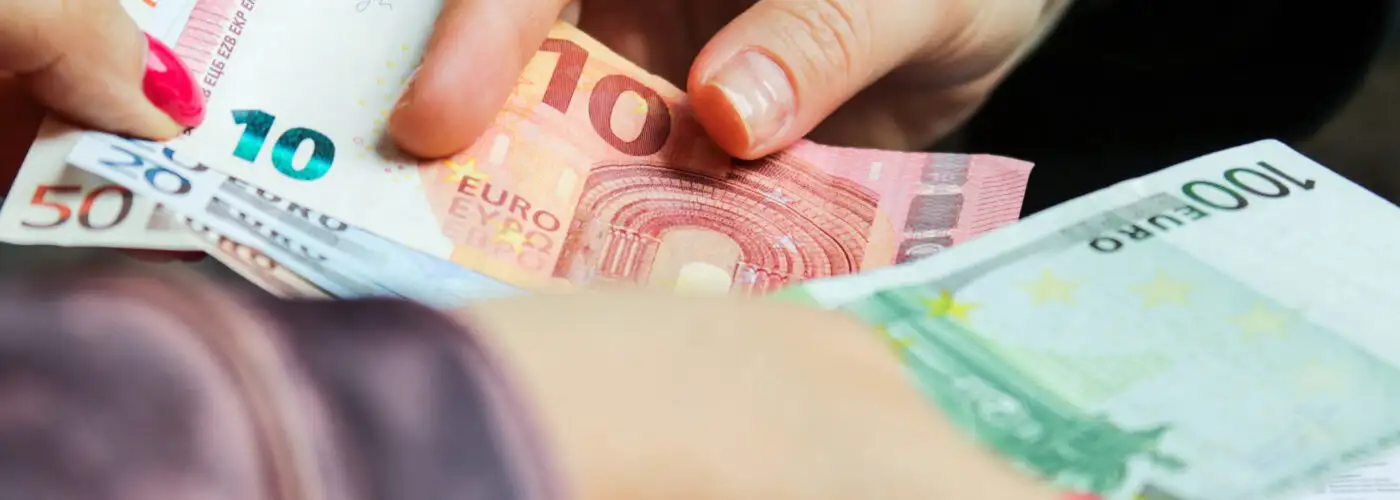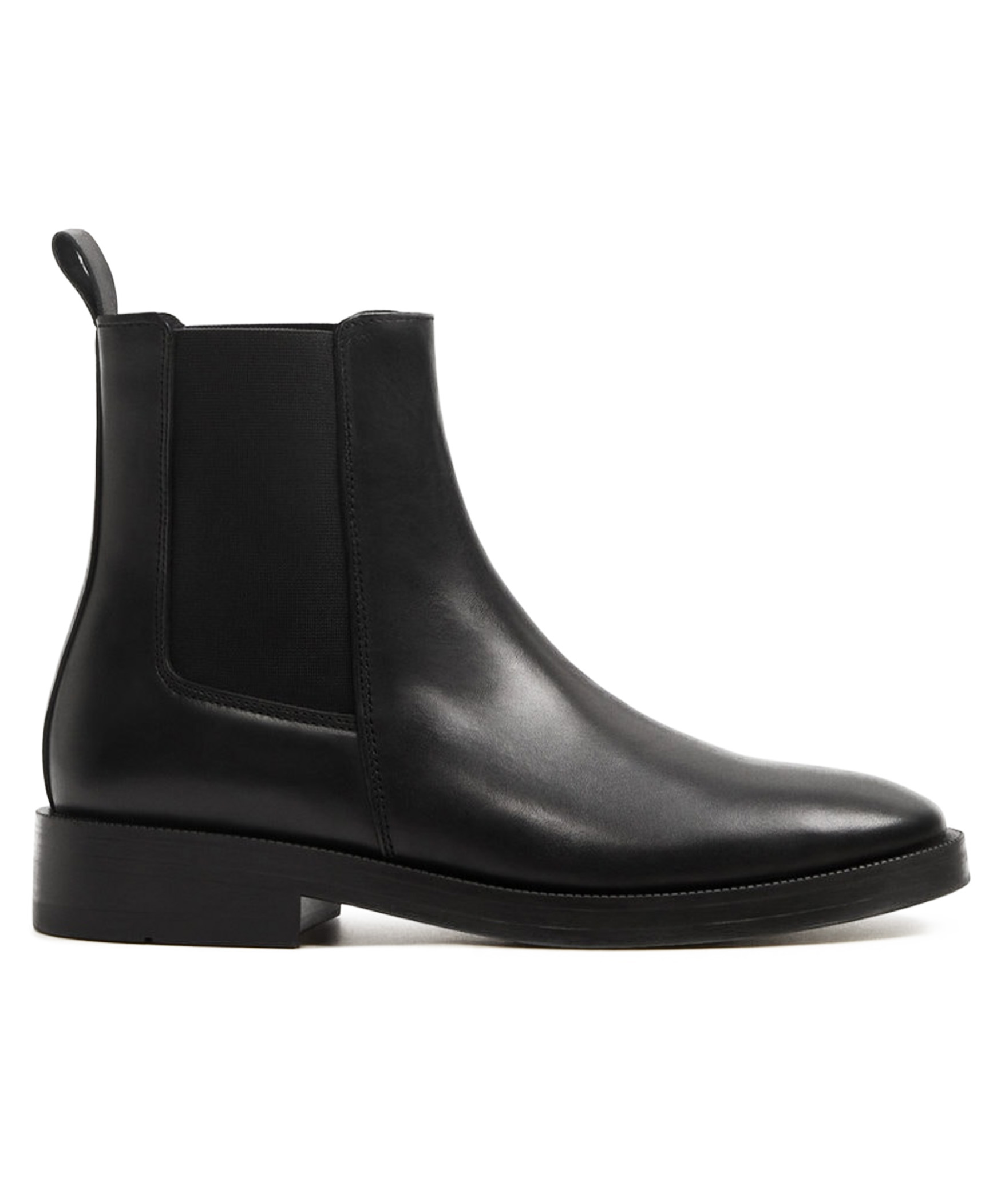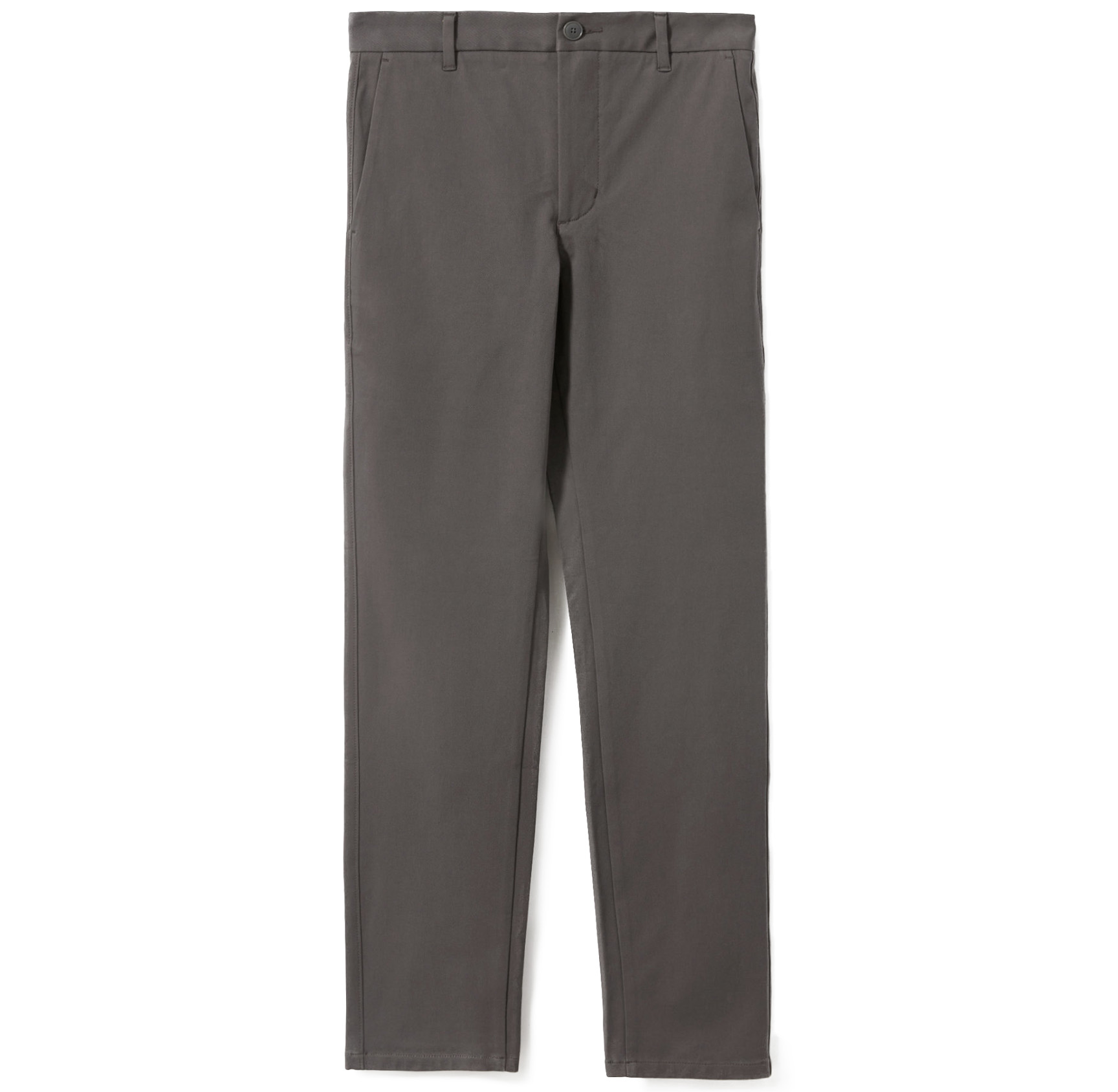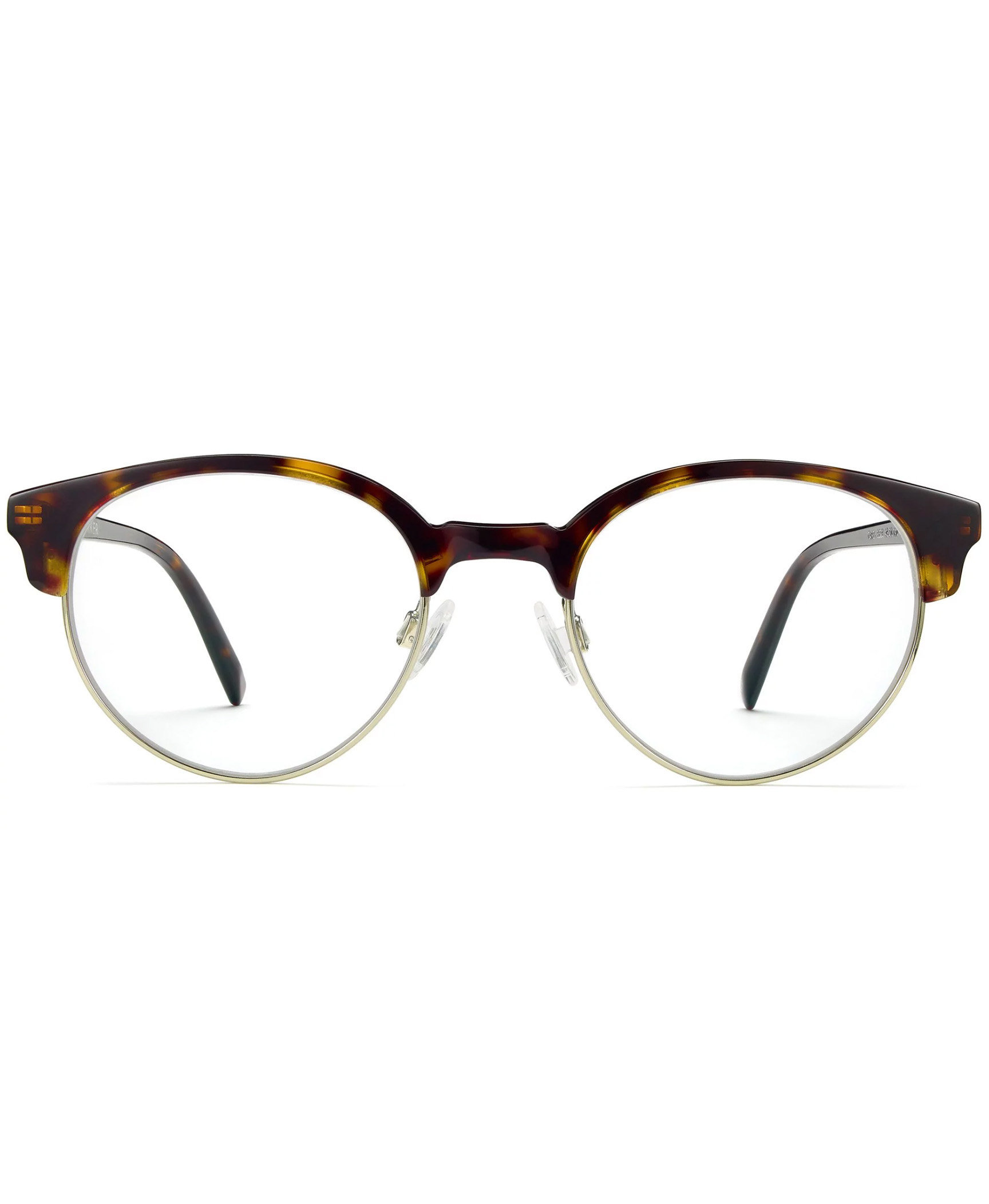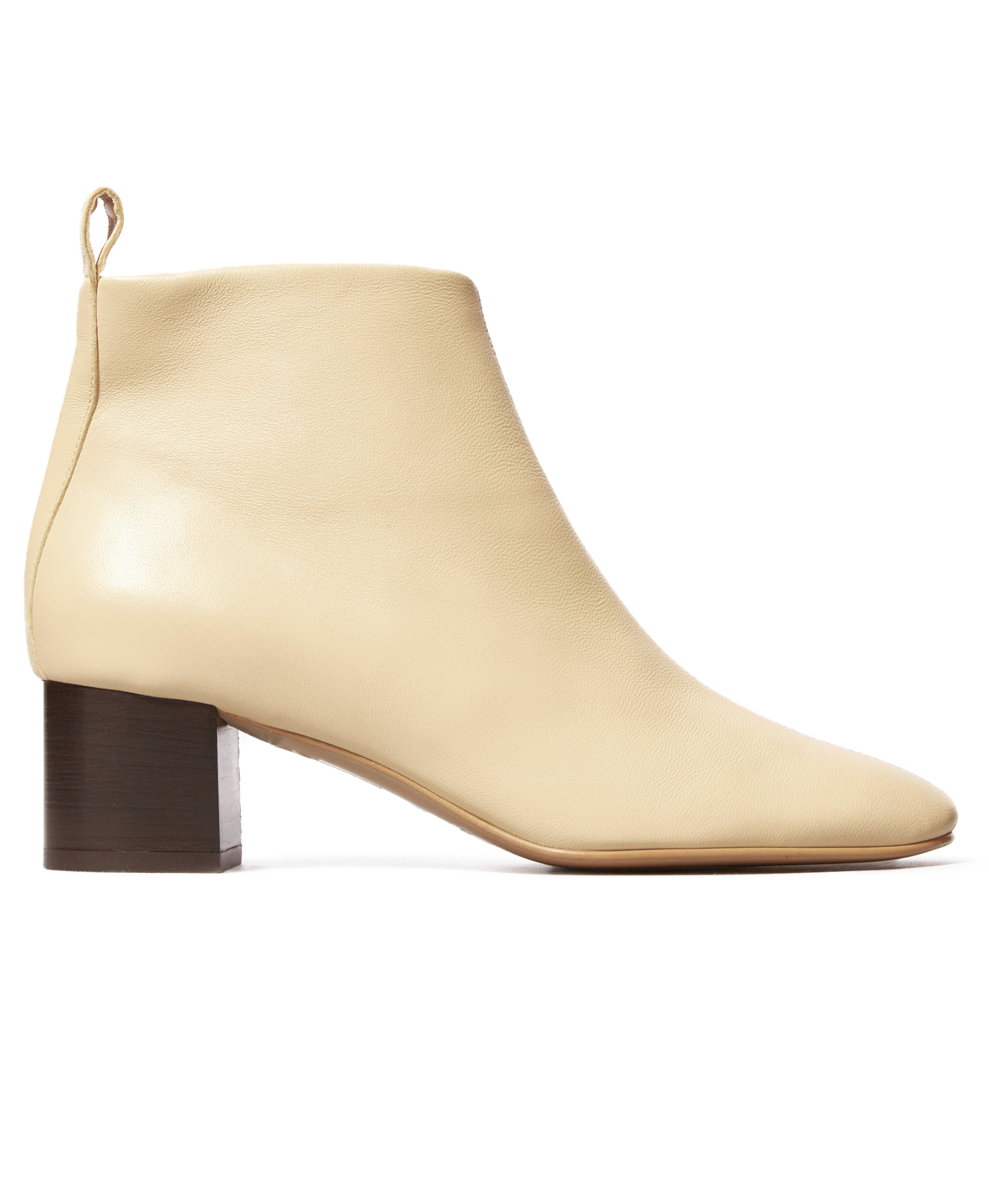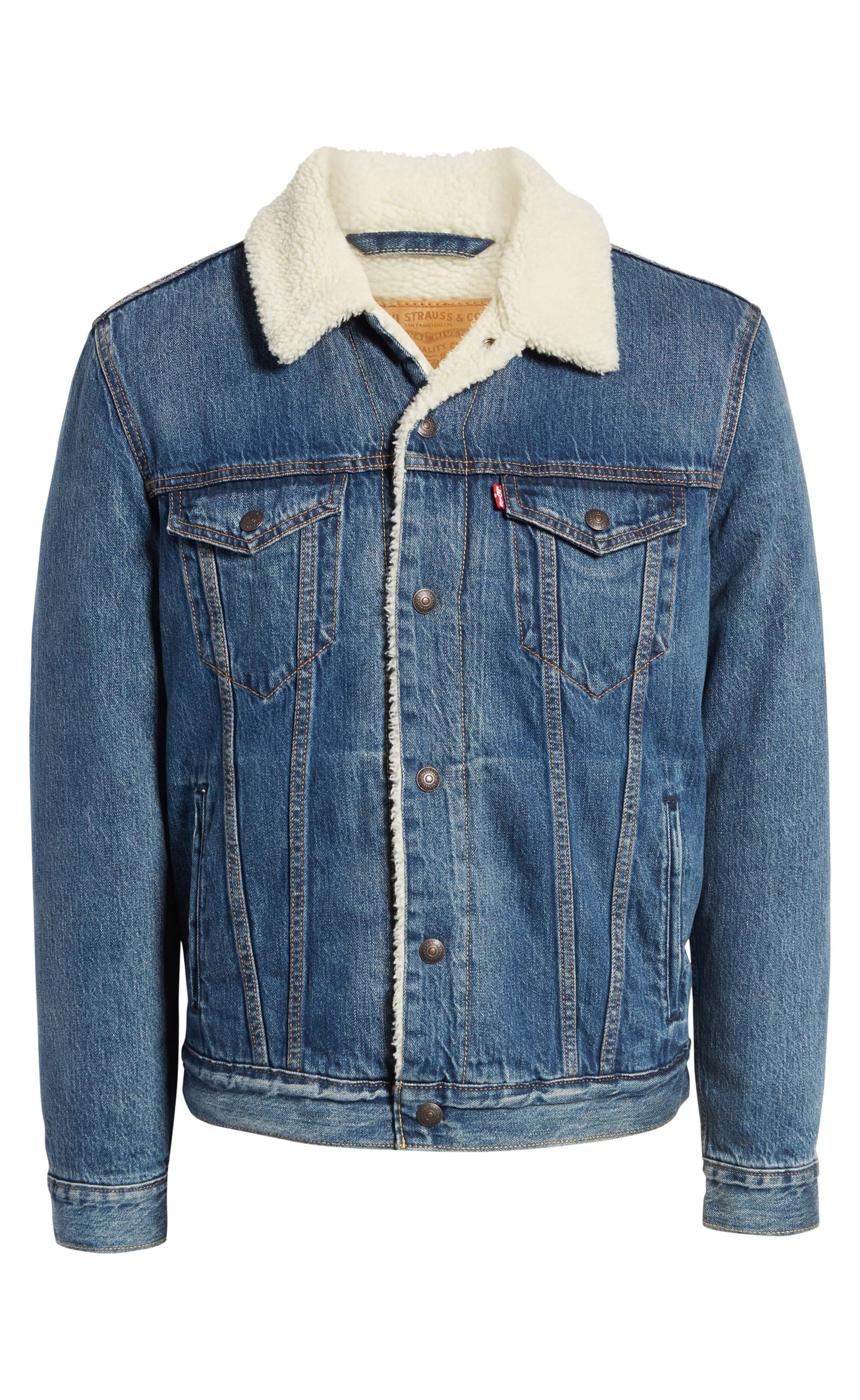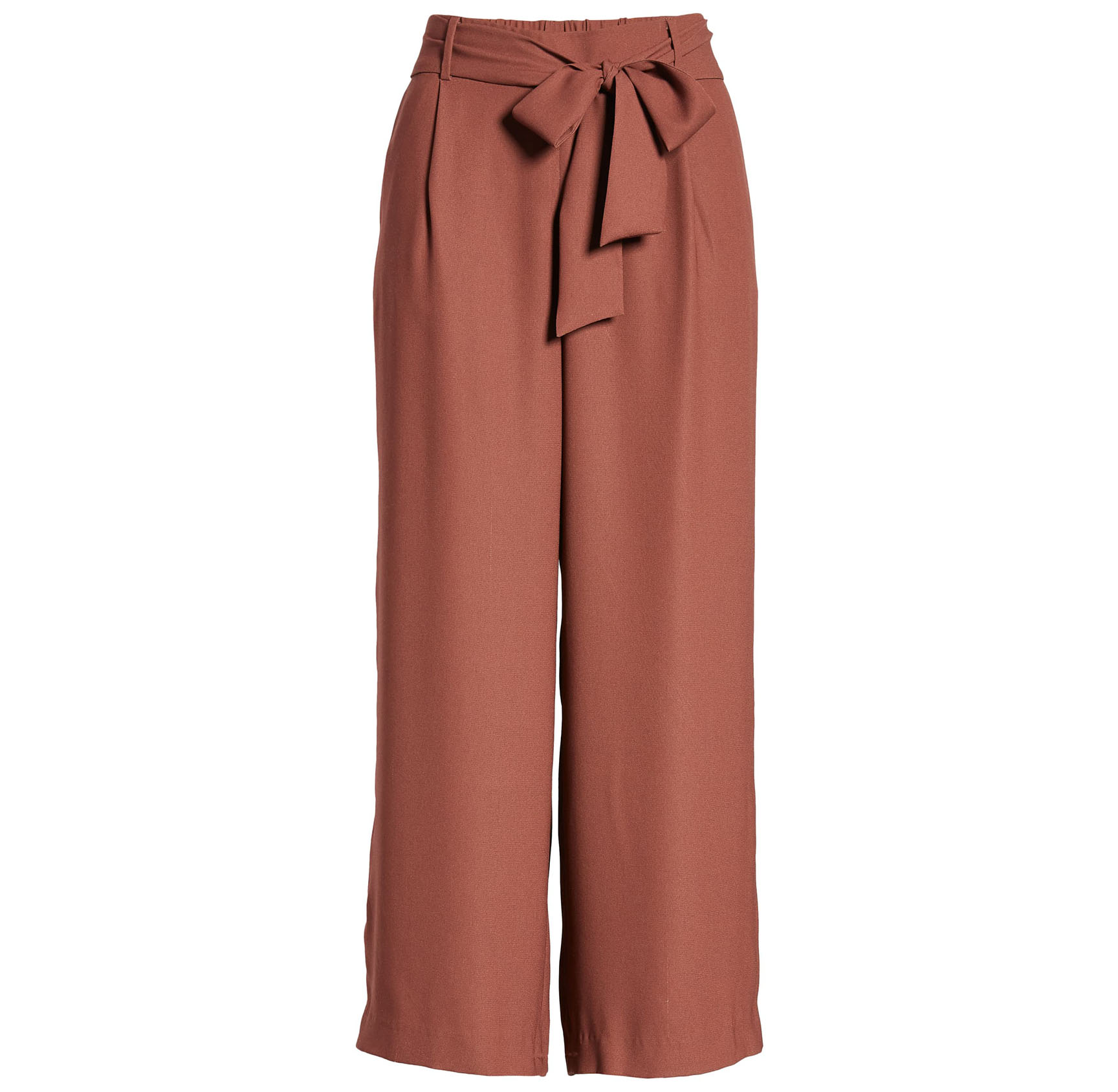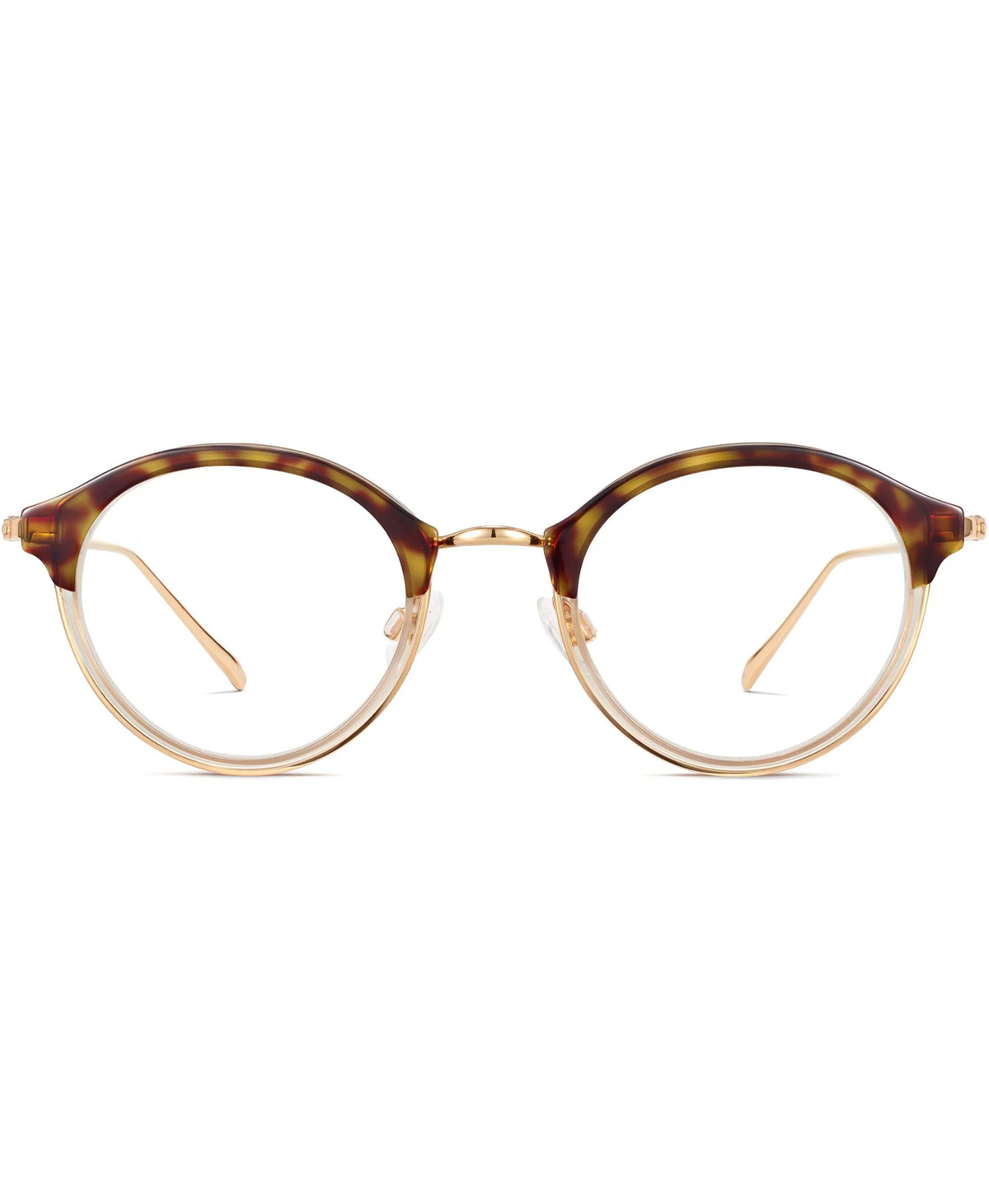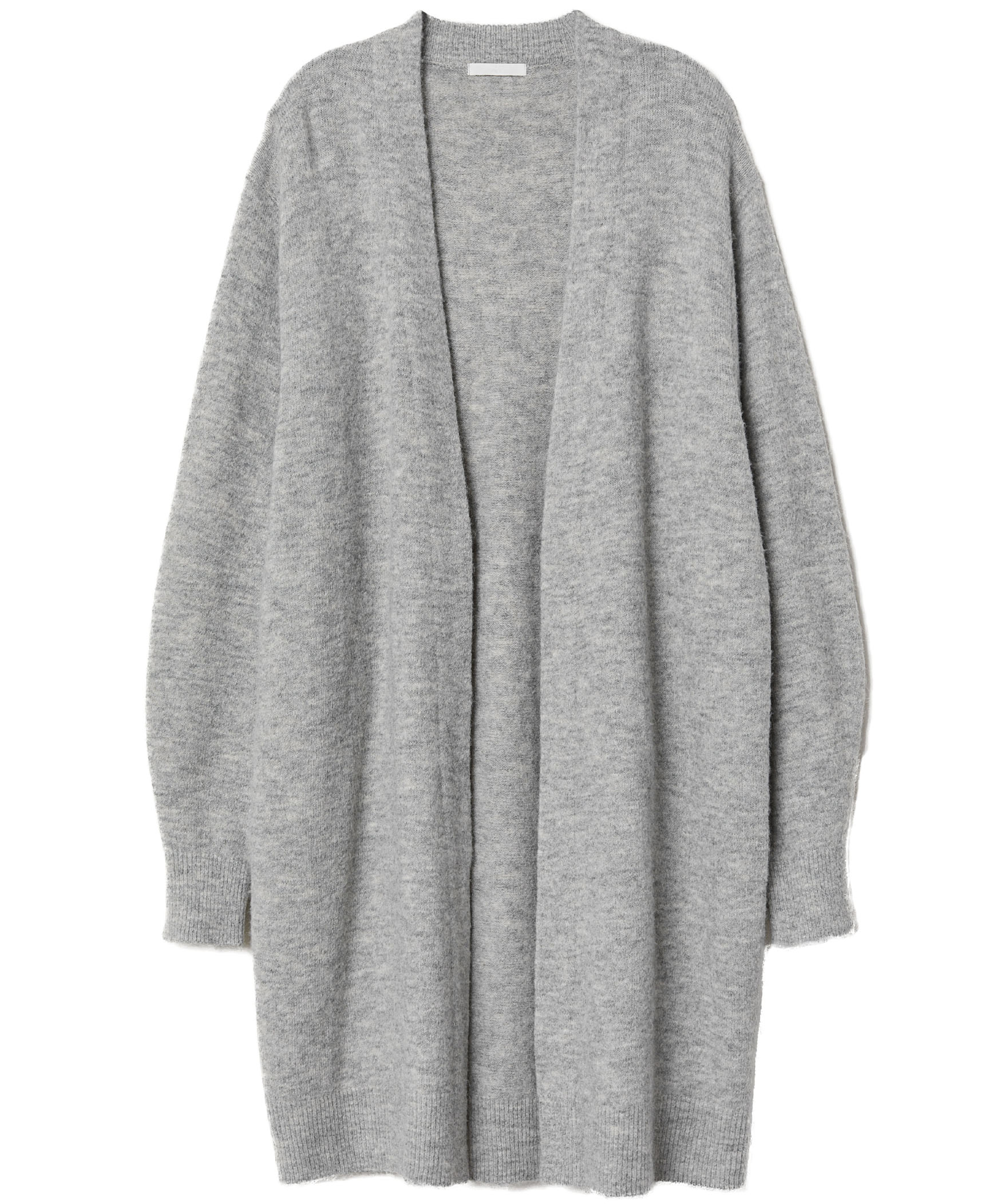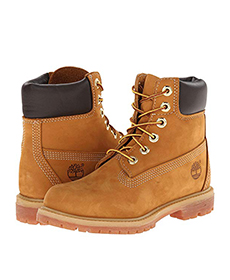It can happen almost anywhere, and it happened to me in Spain. As I paid for my usual haul of groceries for the week in euros, the cashier held a banknote up to the harsh store lights and shook his head. As if summoned from an invisible checkpoint, a police officer—who apparently regularly manned the exit at my local Lidl supermarket—appeared and confirmed the bill was false, “malo.” Recognizing that I was one of the many American students living in the area, he explained that, even though it’s technically illegal to possess or use counterfeit money, I wouldn’t be in trouble. I thanked him, pulled out a new 20 to pay (the fake bill stayed with them), and scurried out.
I don’t know where I got that lone counterfeit bill because it could have come from anywhere. At the countless shops, farmers’ market vendors, and train stations I frequented while living in Seville, bills and coins were quickly passed back and forth without a second glance. Since that grocery store encounter, however, I’ve stopped using cash as much in my travels—and learned to be mindful of certain currencies when I do need to use bills.
Currencies to Watch for Counterfeit Money While Traveling
Euros are one of the most counterfeited bills in the world, along with U.K. pounds (even the coins), Chinese yuan, Indian rupees, Mexican pesos, and, yes, U.S. dollars. Many Central and South American countries’ bills are also commonly counterfeited, as are Canadian dollars. The most commonly replicated bills across currency types are typically 20s and 50s.
I was lucky enough to have been let off for having counterfeit money, losing just 20 euros in the process. But other travelers might not be so lucky.
How to Check Your Bills
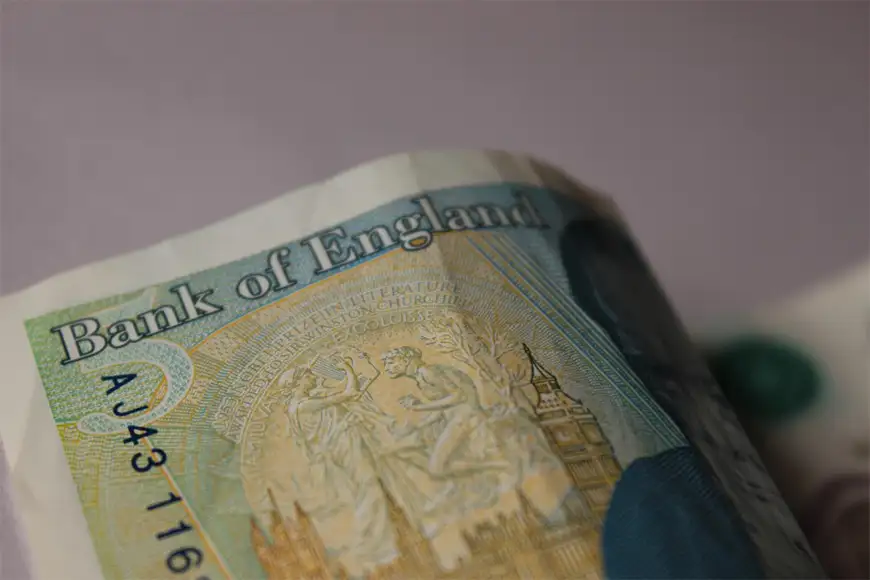
Any time you receive large bills abroad, it’s worth giving them a second look. Many of the places that are most likely to pass counterfeit bills (grocery stores, banks, currency-exchange counters) have iodine ink pens that test the paper for authenticity—but those pens aren’t a foolproof method since some counterfeiters even get their hands on the right paper. There are a few specific things you can look for to check a bill the second it’s passed to you. If you spot any issues, give the bill back before it becomes your problem.
On high-value bills, look for a hologram: The most obvious difference on some counterfeits is the lack of a shiny foil hologram on higher-value bills. Some new bills now have a transparent version of this on high amounts, and many countries stamp raised or multi-colored holograms on bills to make them more difficult to replicate. It only takes a quick glance to notice the lack of a hologram if you’ve seen any other bills of the same denomination.
Check the tiniest print: Perhaps the best way to recognize even the stealthiest counterfeit money is to check the clarity of a bill’s fine print. Most currencies are adorned with teeny-tiny lines, designs, and printed numbers, including dotted lines on portraits and in detailed borders. These features are incredibly difficult to replicate in most printings. If the small text or lines of designs on a bill look to be blurry or the ink seems to be running together, it might be fake.
Note the texture and color: According to the United States Secret Service, U.S dollars have tiny blue and red fibers embedded into the paper. Replicas might try to mimic the actual fibers with printed colors, which should be recognizable in the lack of texture on a bill. If a bill feels different than the others you’ve handled, it could be a fake.
Look for a watermark: The cashier at my supermarket was probably looking for a specific watermark, which most travelers probably wouldn’t know to look for. If you’re handling bills in a different currency, however, it’s worth checking for any watermarks upon acquiring the cash so you can look for that hidden symbol on any other suspicious bills you might come across.
It might seem silly, but all it takes is one high-value bill being fake for you to lose out on money on your vacation. If you’re using any of the above currencies, consider giving your cash a second look.
Readers: Have you ever encountered counterfeit money while traveling? Comment below.
Traveling? Here’s What to Pack for Your Next Trip
More from SmarterTravel:
- 10 Things to Pack That Will Save You Money
- Essential Passport Holders and Wallets for Travelers
- The 5 Most Common Types of Travel Scams
SmarterTravel Editor Shannon McMahon writes about all things travel. Follow her on Instagram at @shanmcmahon.
We hand-pick everything we recommend and select items through testing and reviews. Some products are sent to us free of charge with no incentive to offer a favorable review. We offer our unbiased opinions and do not accept compensation to review products. All items are in stock and prices are accurate at the time of publication. If you buy something through our links, we may earn a commission.
Related
Top Fares From
Today's Top Travel Deals
Brought to you by ShermansTravel
Italy: 8-Night Rome, Florence & Venice...
Infinity Worldwide Vacations
 vacation
$2335+
vacation
$2335+
Athens to Venice: 9-Night Cruise w/Choice...
Windstar Cruises
 cruise
$3999+
cruise
$3999+
Ohio: Daily Car Rentals from Cincinnati
85OFF.com
 Car Rental
$19+
Car Rental
$19+
